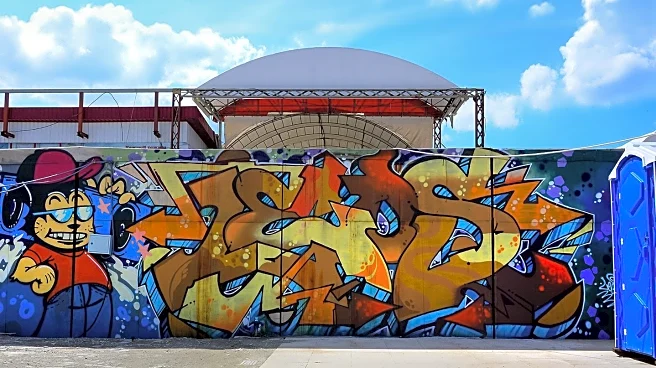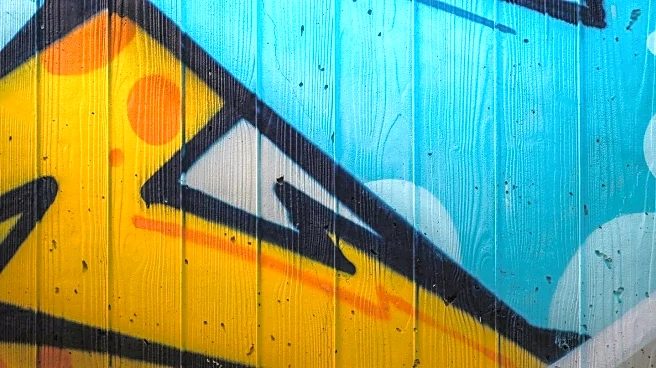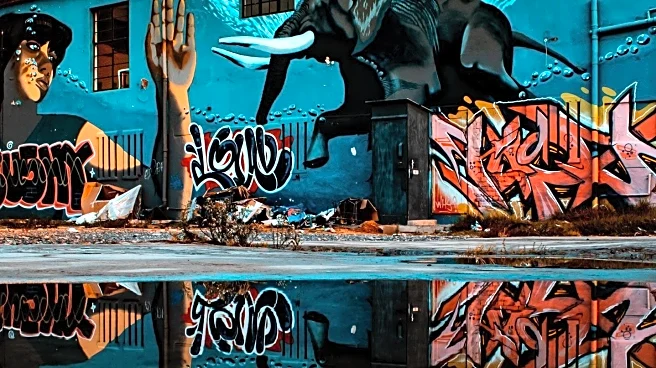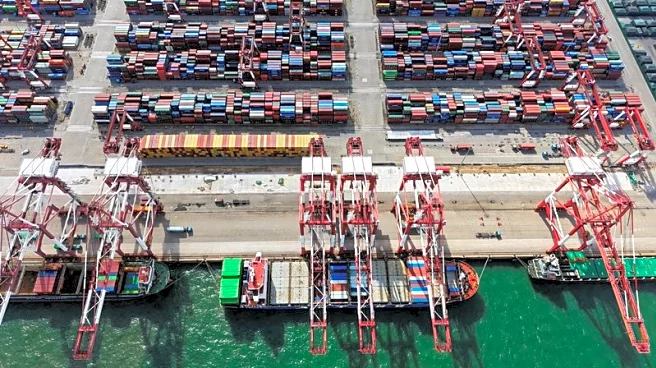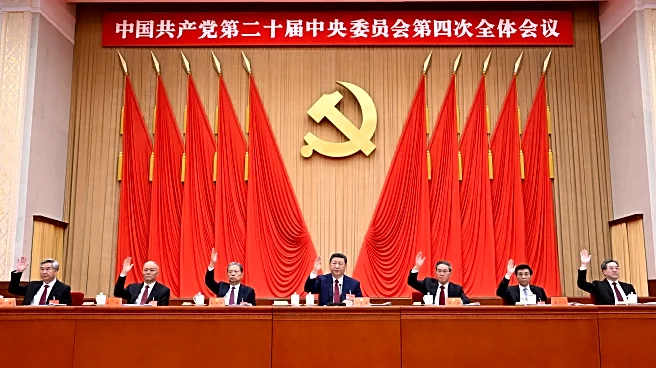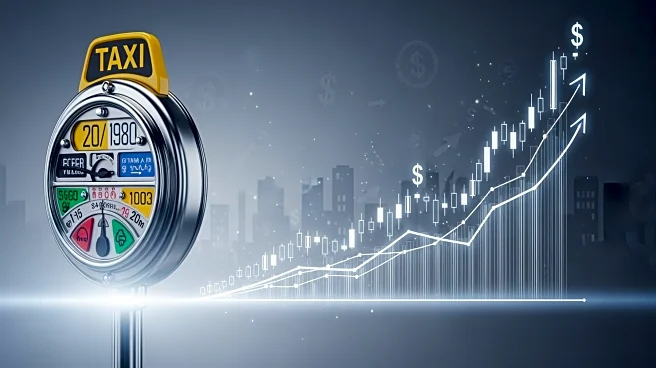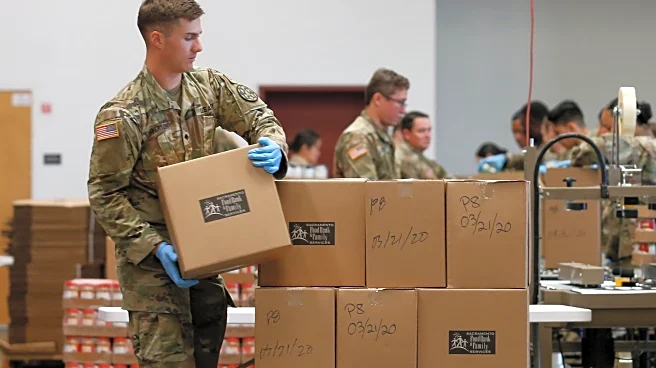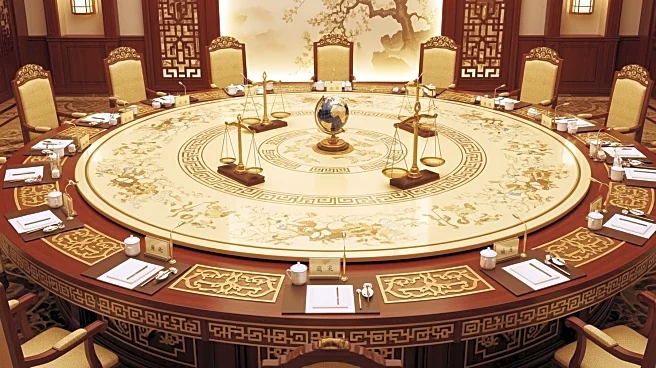What's Happening?
In West Africa, graffiti is gaining acceptance as a legitimate form of public art, particularly in Guinea and Senegal. Artists like Omar Diaw, known as 'Chimere,' have been using graffiti to engage the
public in awareness campaigns, such as those promoting COVID-19 preventive measures. The art form, which began in the U.S. in the 1960s and 70s, was introduced to West Africa in 1988 by Amadou Lamine Ngom, also known as 'Docta.' Ngom's work initially focused on nighttime graffiti but later shifted to daylight murals that reflect African realities and values. This approach has helped graffiti artists gain public and governmental support, allowing them to address social and political issues through their art.
Why It's Important?
The growing acceptance of graffiti in West Africa highlights a shift in cultural perceptions, transforming what was once seen as vandalism into a respected form of expression. This change is significant as it allows artists to contribute to public discourse and influence social change. By addressing issues like migration and political unrest, graffiti artists are playing a role in shaping public opinion and fostering community engagement. The support from local authorities, such as Conakry's governor, further legitimizes graffiti as a tool for social commentary and cultural expression, potentially inspiring similar movements in other regions.
What's Next?
As graffiti continues to gain traction, there is potential for a broader range of artists, including women, to participate in this art form. This inclusivity could lead to a more diverse representation of voices and perspectives in public art. Additionally, as graffiti becomes more integrated into political and social movements, it may influence policy discussions and community initiatives. The continued support from local governments will be crucial in sustaining this momentum and ensuring that graffiti remains a positive force for change.
Beyond the Headlines
The evolution of graffiti in West Africa also raises questions about the role of art in society and its ability to challenge traditional norms. As graffiti artists push boundaries and address controversial topics, they may encounter resistance from conservative elements within society. However, their work also has the potential to bridge cultural divides and promote understanding across different communities. The long-term impact of this movement could lead to a reevaluation of art's place in public spaces and its power to drive social progress.
